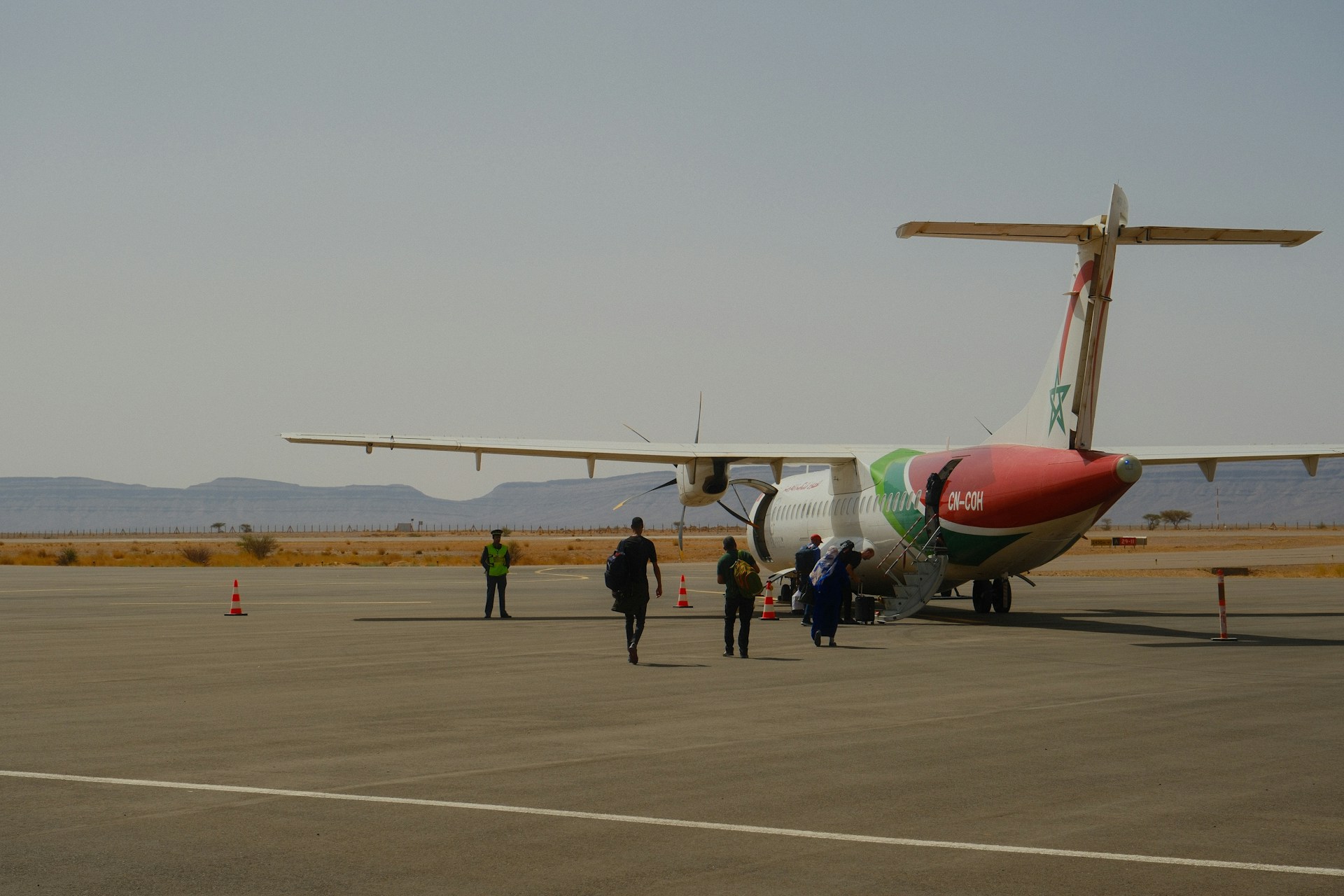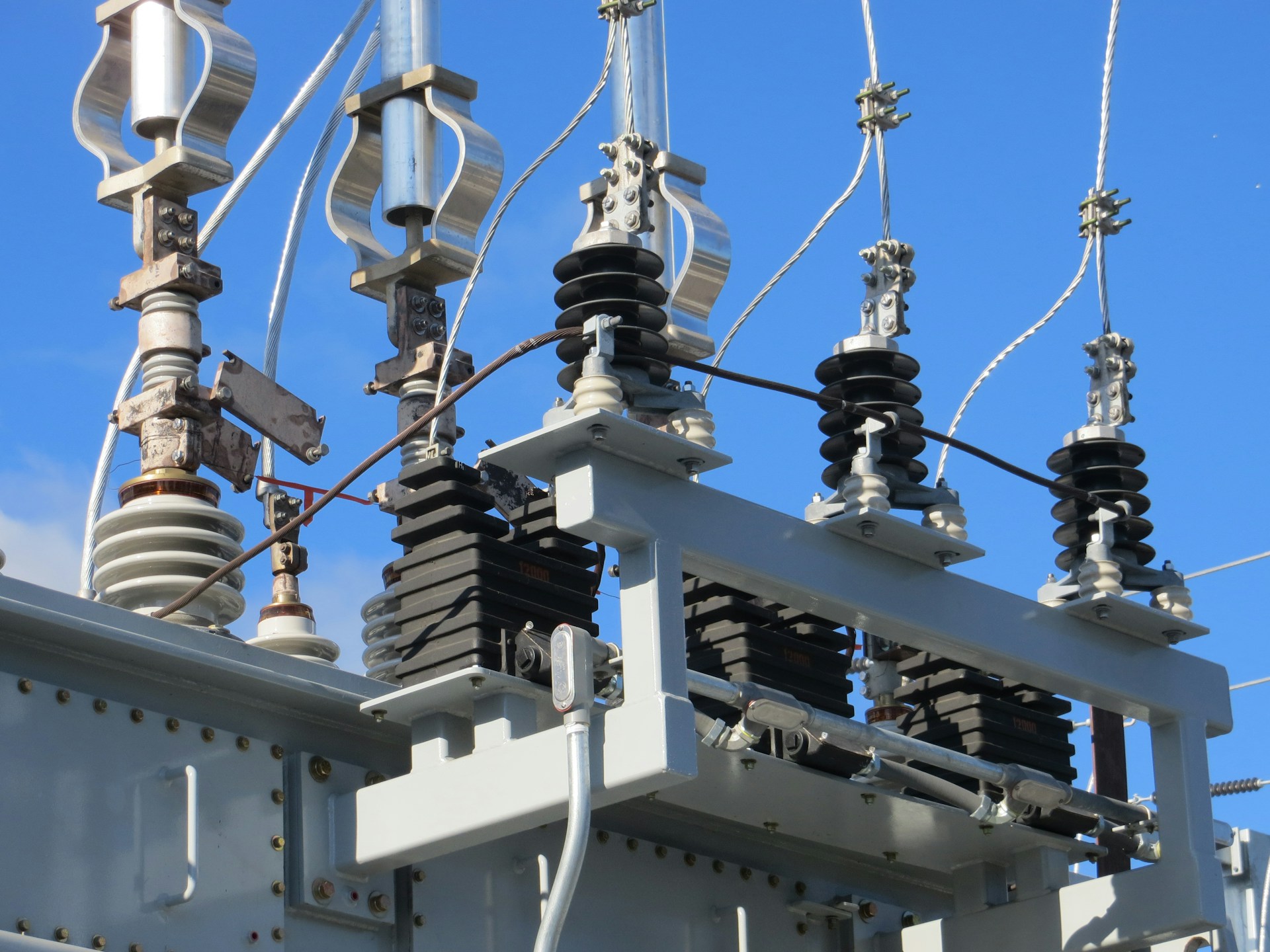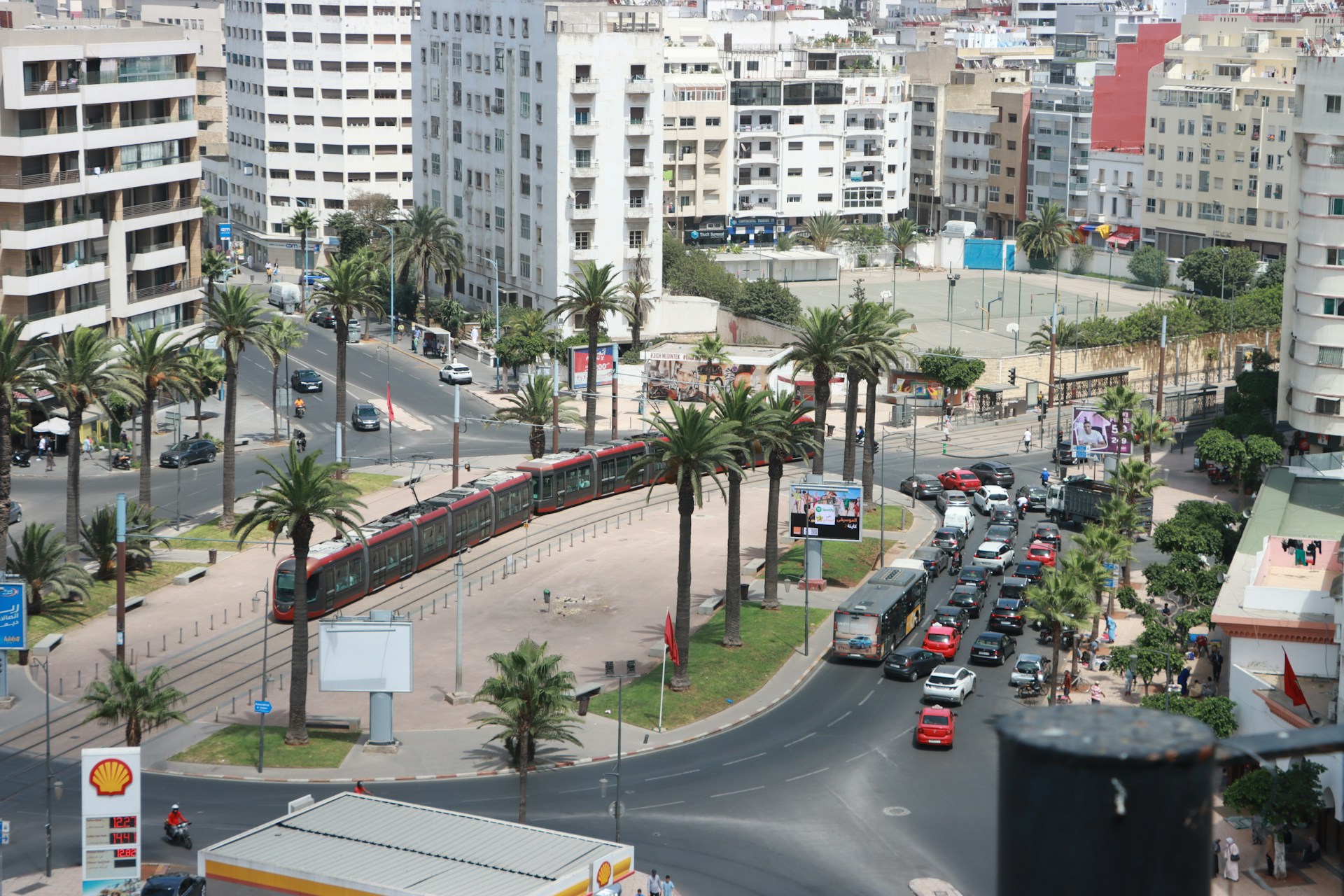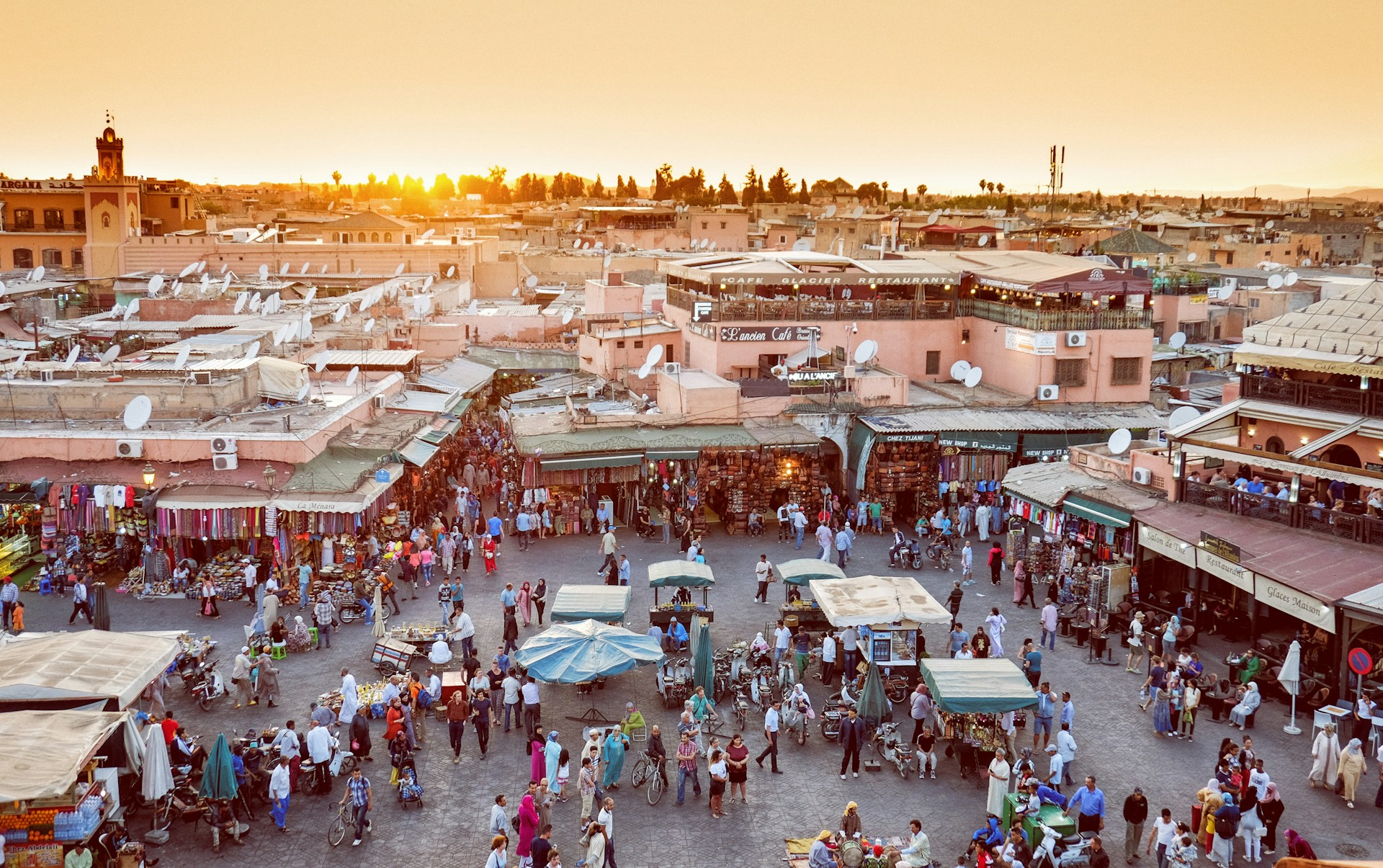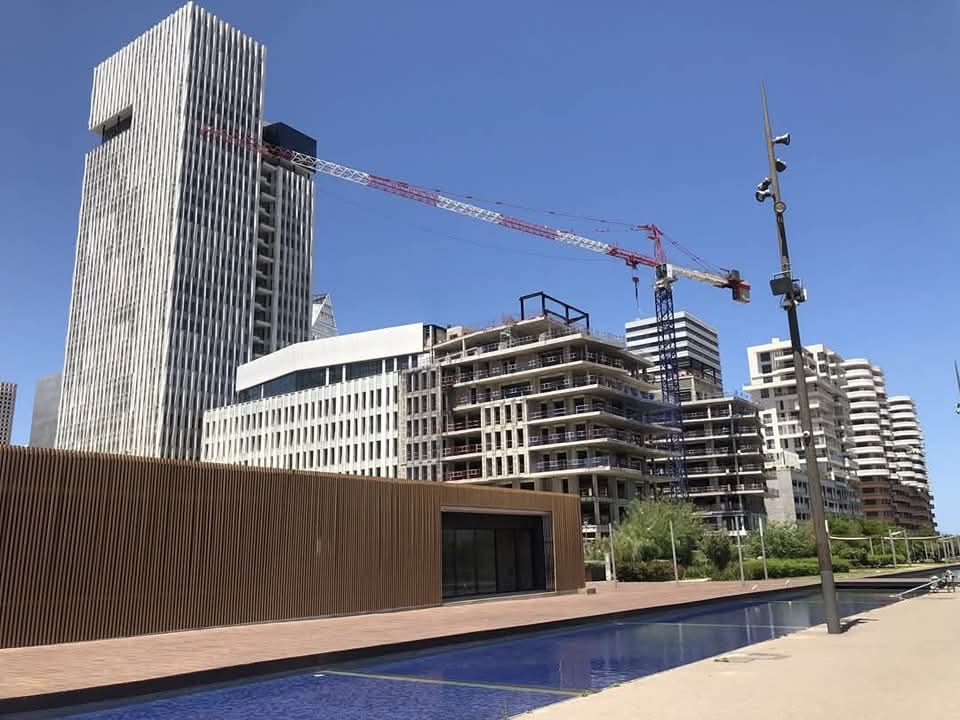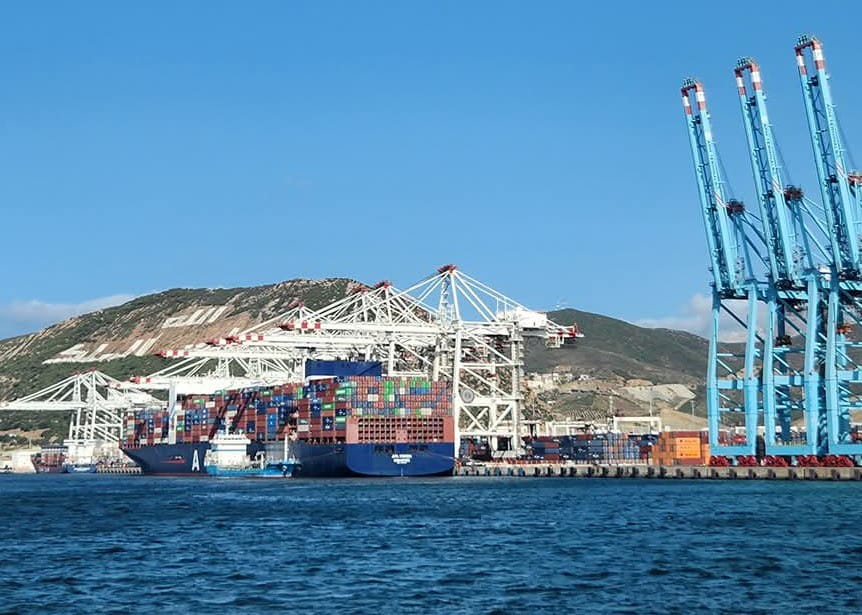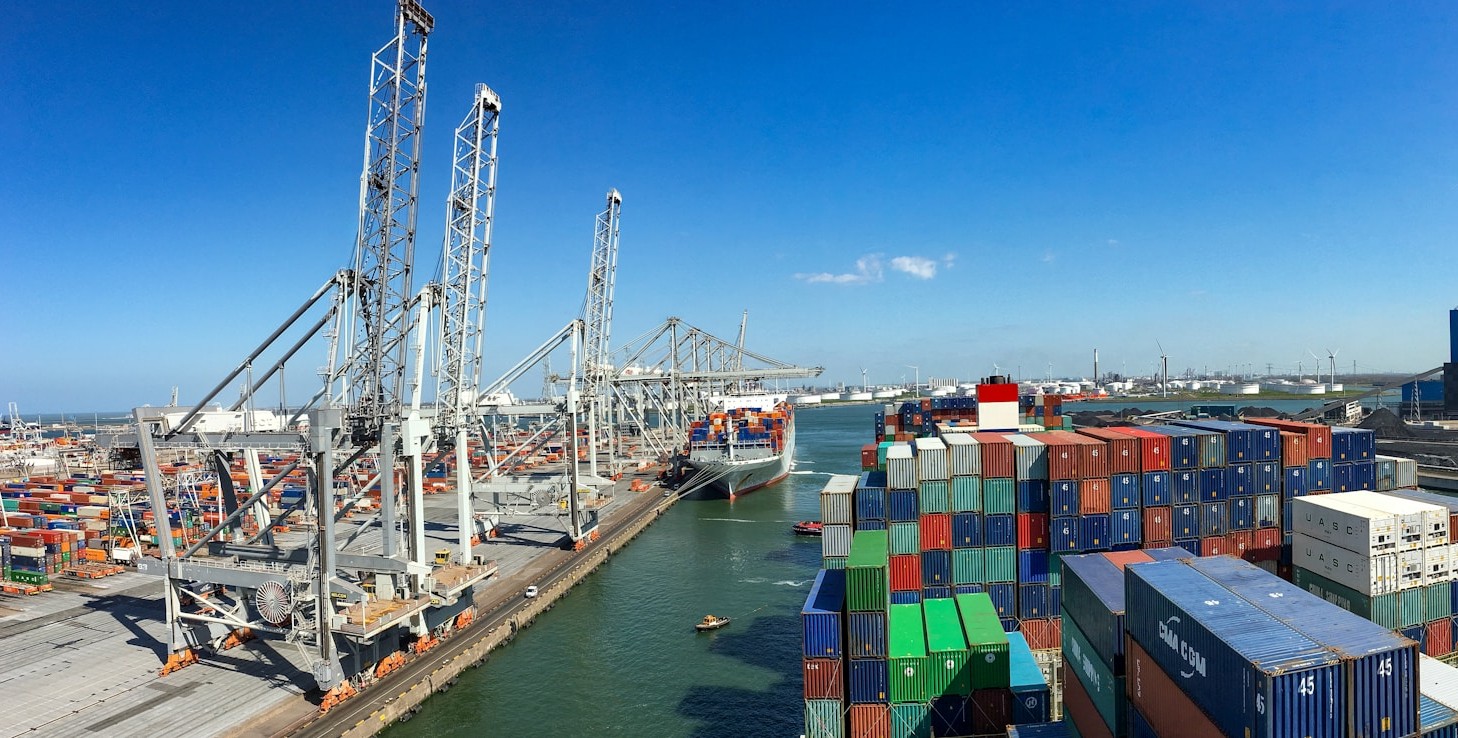Casablanca – Morocco is accelerating efforts to modernize its rail network in Greater Casablanca with new international financing, aiming to improve urban and suburban mobility, expand freight capacity, and reinforce the country’s green transition in transportation. The National Railways Office (ONCF) is preparing to secure $220 million from the German development bank KfW to support the “Intra-Metropolitan Proximity Service” (SIR) program. This funding follows a $350 million loan approved by the World Bank in June 2025.
Both financing packages share a unified objective: to modernize and electrify the railway network, enhance urban and peri-urban connectivity, improve access to jobs and essential services, reduce emissions, and strengthen climate resilience in Morocco’s transport system. ONCF also intends to expand its operational capacity in Greater Casablanca, contributing to both improved quality of life and sustainable development.
Expanding rail infrastructure
The SIR program focuses on modernizing a 73-kilometer corridor linking central Casablanca with its suburban areas, including Zenata, Mohammedia, Nouaceur, and Bouskoura. Planned improvements include electrification of the lines, modernization of signaling systems, and the rehabilitation or construction of 15 multimodal stations designed according to universal accessibility standards.
The initiative aims to increase train frequency and reduce travel times, allowing passengers to reach strategic destinations in no more than 45 minutes. Fifteen multimodal stations will be built or renovated, incorporating transit-oriented development principles and sustainable urban planning standards.
Reducing congestion and enhancing logistics
In addition to improving passenger transport, the program is expected to relieve pressure on existing lines and strengthen freight capacity toward Casablanca Port. Investments will target the maintenance and modernization of rail infrastructure across the Casablanca-Settat region. Logistics hubs in Aïn Sebaâ and Zenata will also be upgraded to enhance rail freight efficiency, consolidating Casablanca’s position as Morocco’s main transport and trade hub.
Supporting Morocco’s green mobility goals
Morocco is undergoing rapid urbanization, with 60% of its population currently living in cities—a figure projected to reach 70% by 2050. The Casablanca-Settat region, as the economic engine of the country, is experiencing particularly rapid growth. Expanding rail and public transport is seen as essential to improving accessibility, reducing road congestion and vehicle-related pollution, and meeting the rising demand for sustainable urban mobility.
Through these projects, rail transport is positioned as a central pillar of Morocco’s green mobility transition. Modern, electrified trains will provide efficient alternatives to road travel, while station upgrades and expanded services will improve access to employment and essential services for residents.
Preparing for the 2030 FIFA World Cup
The modernization efforts are also linked to Morocco’s preparations for the 2030 FIFA World Cup. Authorities aim to use the global sporting event as a showcase for the country’s economic and logistical capabilities, while ensuring the long-term benefits of upgraded transport infrastructure. By improving urban mobility and creating a modern logistical base, the rail program is expected to support both the sporting event and the broader economic and social development of Greater Casablanca.
Strategic vision
With combined support from the World Bank and KfW, ONCF plans to enhance both planning and financing capabilities for managing and expanding Morocco’s rail network. The program will not only serve as a model for sustainable urban transport but also bolster resilience against climate change, offering faster, greener, and more reliable travel options for millions of residents and workers.
By linking central Casablanca to key suburban and industrial areas and improving freight and logistics operations, the project underscores Morocco’s commitment to transforming urban mobility and positioning rail as a cornerstone of sustainable economic growth in the region.
